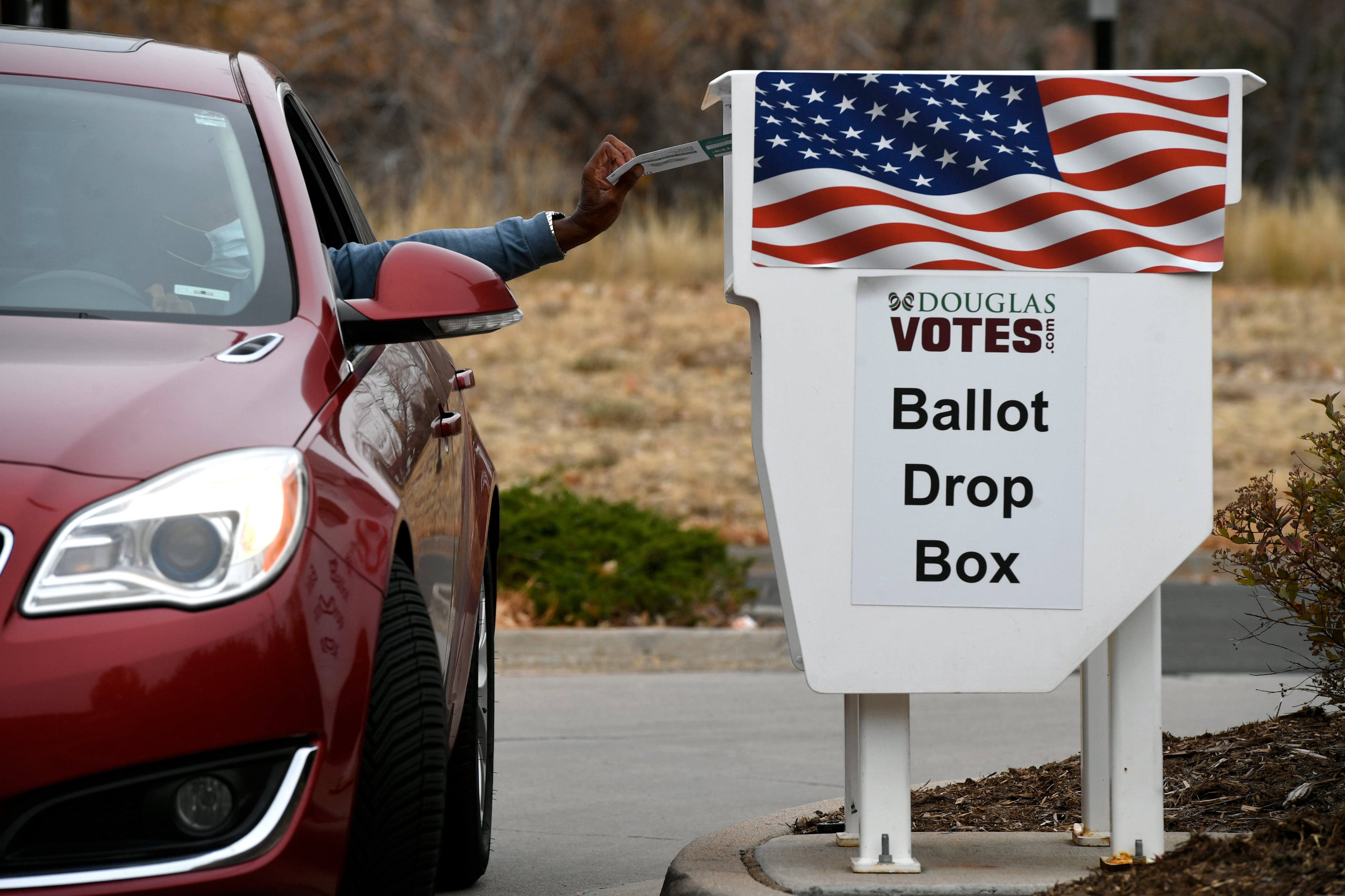Every November, somewhere in Colorado, voters are deciding on school tax measures.
Some districts request money to pay bond debt, some request what are called mill levy overrides, and some do both.
Although both bond measures and mill levy overrides can impact property taxes, they each have different purposes.
Here’s how they work:
What does a school bond measure do?
A bond request on a Colorado ballot is usually asking two things: Can the district take on more debt, and can the district increase your property taxes to pay off that debt?
If approved, school districts will hire underwriters to sell bonds and to get the district a good rate on the interest payments. When districts sell bonds, they usually enter into 20- to 30-year deals to pay off the debt with interest. The debt can be refinanced during that time if a chance to lower interest rates comes up.
Sometimes districts have a bond request that won’t raise the tax rate. This happens when the school district can collect more money from the same tax rate because property values have gone up or because the school district has lowered its existing debt payments and created room to take on more debt.
Bonds are usually used to build new school buildings or facilities or do major repairs and upgrades.
Sometimes school districts ask voters to approve a bond that will help the district qualify for matching state funds. The state’s Building Excellent Schools Today or BEST Program helps pay for new schools and major improvements in districts that struggle to pay the full cost. If voters reject the bond measure, the school district doesn’t get any state money.
What is a mill levy override request?
The mill levy refers to the rate charged for property taxes. The state sets the mill levy in each school district and that money pays for a portion of schools’ base operating budget, with the state covering the rest of the cost, according to Colorado’s school funding formula.
Districts that want to collect more money on top of that rate must ask voters for approval first. This is called a mill levy override.
The money generated from this tax stays in the community and goes directly to the school district. School districts have to tell voters how they’ll use the money, such as to raise teacher pay.
There is a limit on how much districts can raise their mill levies, even with voter approval. That’s based on a percentage of their total state funding.
Why do some districts ask for both a bond and a mill levy override?
The money generated from selling bonds can only be used for one-time expenses such as construction, maintenance, or infrastructure needs.
But if a school is looking for more money to increase teacher pay, buy new books, or create a new arts program, they would ask voters for a mill levy override because that money isn’t restricted. Mill levy overrides generate money every year that can be used for ongoing expenses.
Depending on what local leaders think students need — and what they think voters will agree to — school boards might put a bond measure and a mill levy override on the ballot in the same year or ask voters to approve a bond one year and a mill levy override a different year.
So if my district says they are at 20 mills, what does that mean?
That is the rate charged on your home’s assessed value to come up with the amount you owe in property taxes.
One mill means $1 is charged for each $1,000 of assessed value. In a district charging 20 mills, $20 would be charged for each $1,000 of assessed value.
How different is the mill levy rate across the state?
“It’s dramatically different,” said Tracie Rainey, executive director of the Colorado School Finance Project, a nonprofit group researching and collecting data on how schools are funded.
The mill levy rates set by the state vary a lot to begin with. Then some communities are more successful than others at getting voters to approve mill levy overrides.
This funding method also produces different results based on the property mix in a district — residential, commercial, agricultural, oil and gas — and its value.
A mill levy override that would generate $235 per student in Denver would raise just $58 per student in property-poor Center. Starting in 2022, the state is offering some matching funds to boost mill levy overrides in districts with low property wealth.
Yesenia Robles is a reporter for Chalkbeat Colorado covering K-12 school districts and multilingual education. Contact Yesenia at yrobles@chalkbeat.org.






